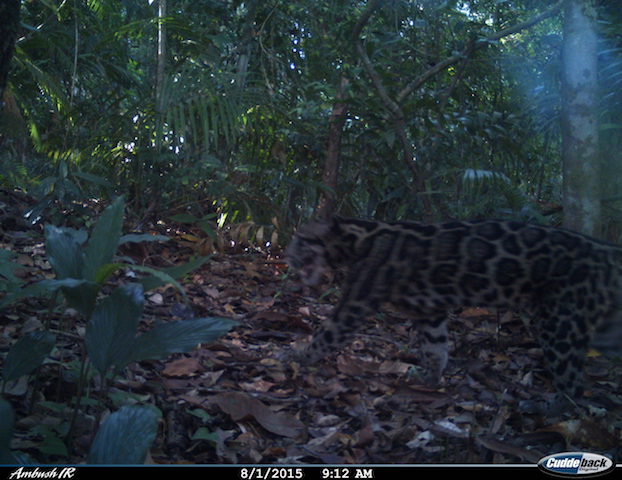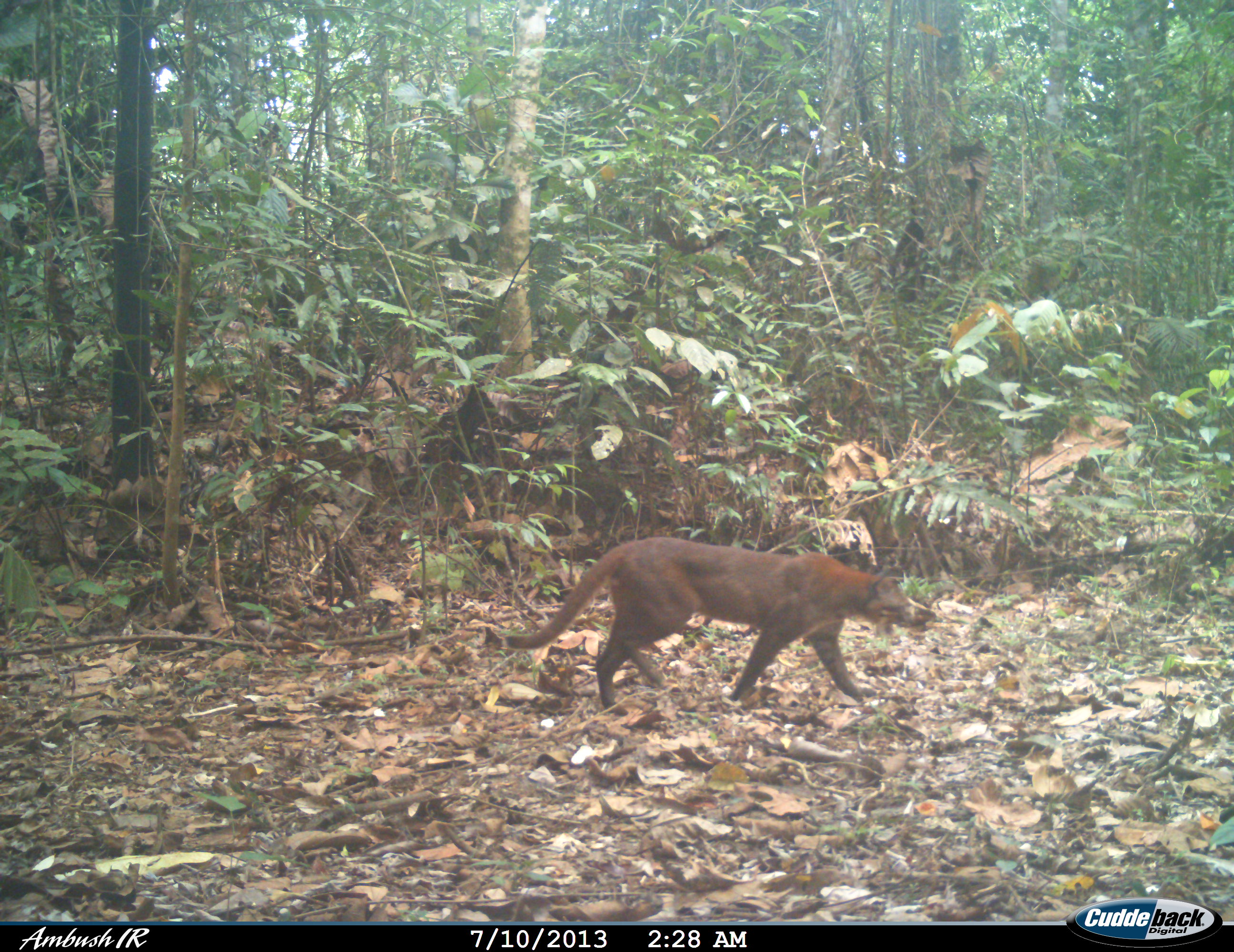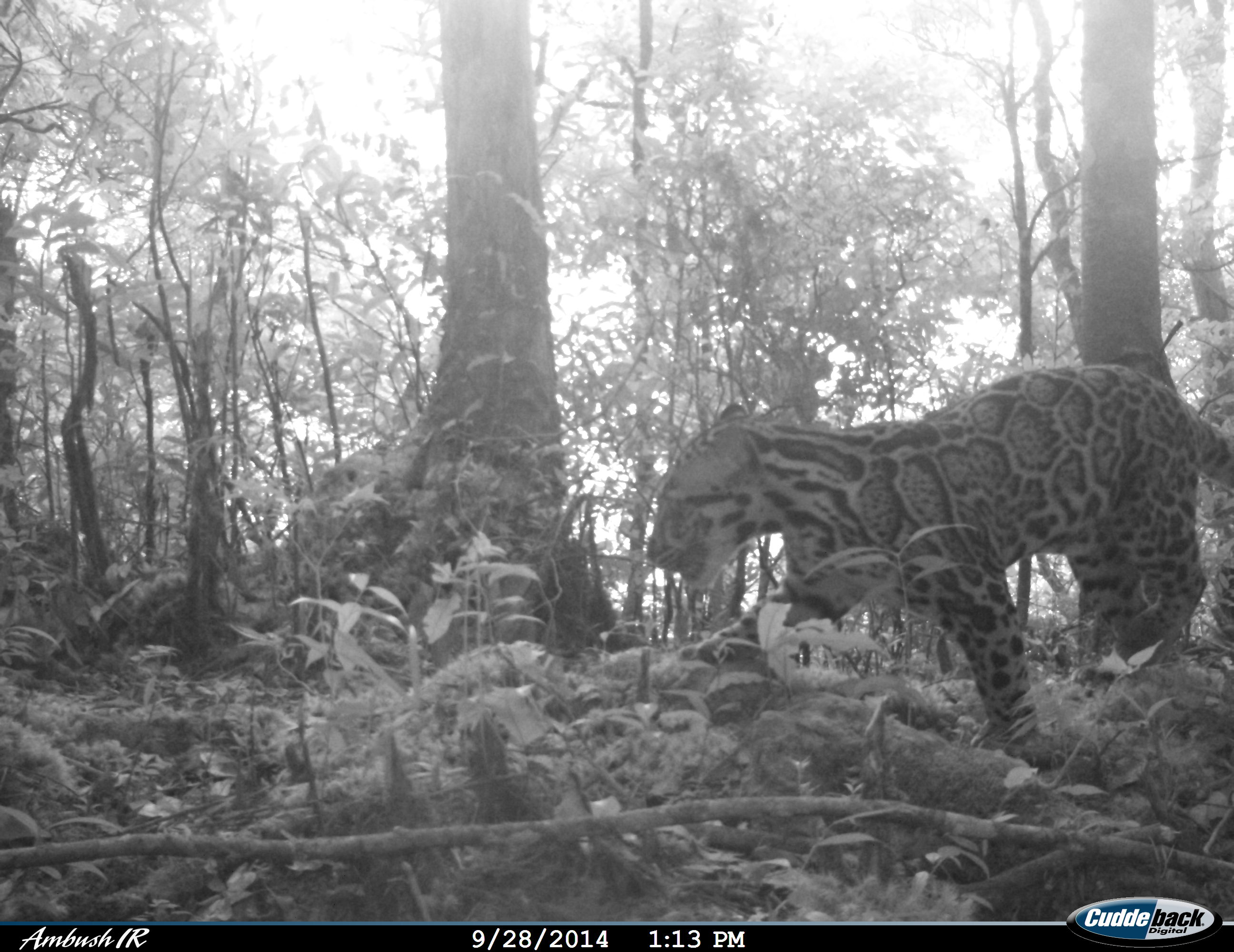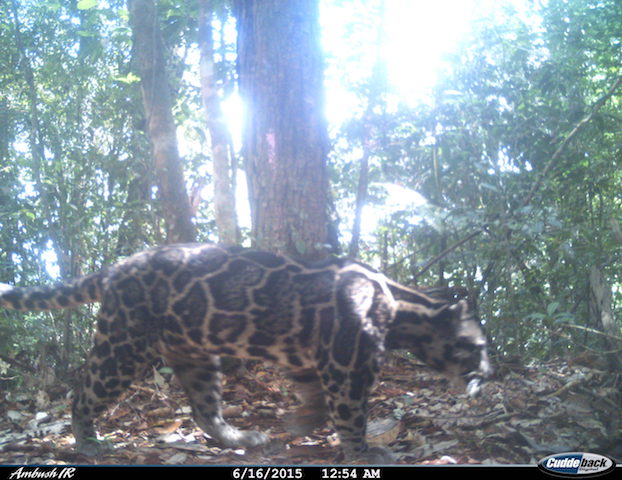News
Enumerating wild cats’ population over time: providing reliable measurement of small-medium sized wild cats population dynamics for better conservation interventions and policy
WildCRU’s Iding Haidir writes from Sumatra
Wildlife conservation is a collective effort of many stakeholders. It comprises of conservation researchers and scientists works that i.e. assesses conservation states of species or habitats through conducting population estimate of a species or multi species in particular region or at global scale. Secondly, wildlife/national park managers who work hand on hand with forest rangers who actively manage protected areas, conduct forest patrols and other relevant conservation interventions. Thirdly, local communities whose activities are overlapped with and rely on protected areas existence. More importantly, local and national politicians, legislators and leaders whose role are issuing legislations and policies that will affect many aspects of our life, that include wildlife and environmental management. Here, as wildlife researchers, our role is filling a niche in providing truthful assessment of focal species population trend and their threats that optimistically be useful towards wildlife management and conservation.
Our newly published research paper assesses small-medium sized cats: clouded leopard, golden cat and marbled cat occupancy trend over two survey periods in Kerinci Seblat, West Central Sumatra, and effect of deforestation towards their habitats and population. In this study, we assessed habitat loss caused by deforestation as one of global drivers of predator population declines.
Few studies have focussed on these effects for mesopredator populations, particularly the cryptic and elusive species inhabiting tropical rainforests. Combining data from two camera trapping surveys: 2009-11 and 2014-16, and using occupancy modelling, our study aim is to understand trends of Sumatran mesopredator occupancy in response to forest loss and in the absence of threats from poaching.
By comparing the two survey periods we quantify the trend of occupancy for three sympatric felid species in the tropical rainforest landscape of Kerinci Seblat National Park. Between 2000 and 2014, forest loss across four study sites ranged from 2.6% to 8.4%.
Our results show that of three threatened felid species, overall occupancy by Sunda clouded leopard (Neofelis diardi) and Asiatic golden cat (Catopuma temminckii) remained stable across all four areas between the two survey periods, whilst marbled cat (Pardofelis marmorata) occupancy increased. In general occupancy estimates for the three species were: lower in lowland forest and increased to attain their highest values in hill forest, where they declined thereafter; increased further from the forest edge; positively correlated with distance to river, except for golden cat in the second survey where the relationship was negative; and, increased further from active deforestation, especially for clouded leopard in the second survey, but this was some 10-15km away.
Through this study, we offer fresh insights into these little known mesopredators in Sumatra and raises the practically important question of how far-reaching is the shadow of the encroachment and road development that typified this deforestation.
Haidir, I., Macdonald, D., Wong, W. M., Lubis, M. I., & Linkie, M. (2020) Population dynamics of threatened felids in response to forest cover change in Sumatra. PLoS One.









